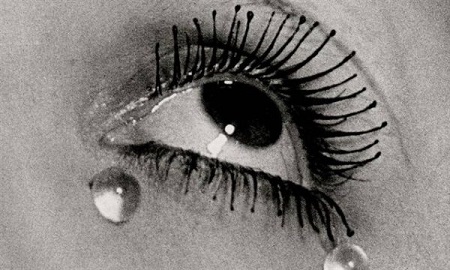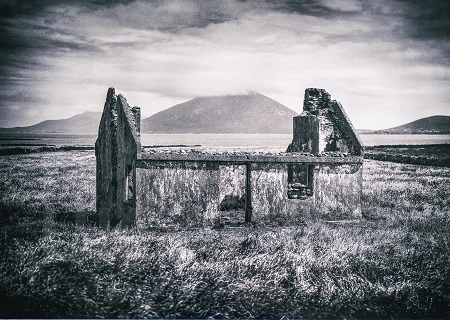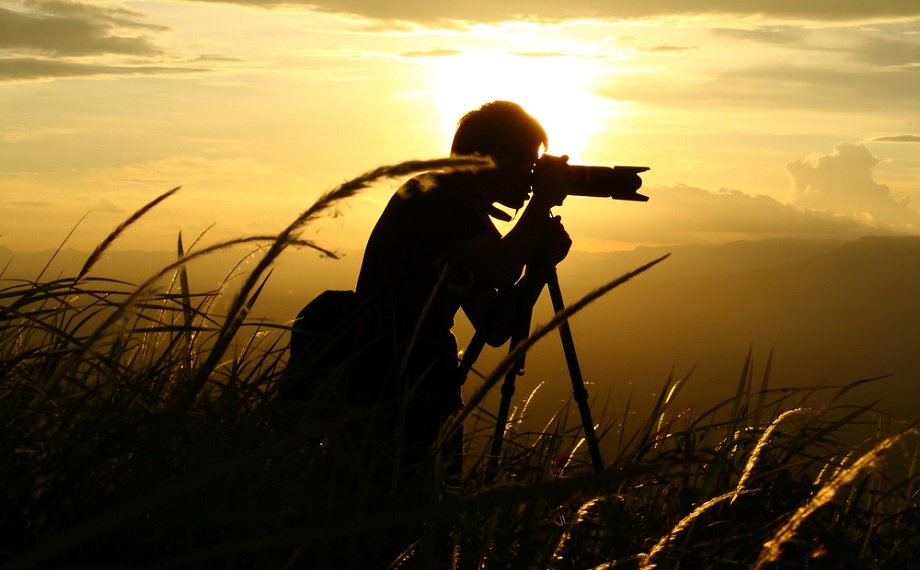Fine art photography versus your own snapshots28/05/2021Author: Tammy Woodrow, curator/artist
The title of this blog could very easily have been ‘Why should you pay for artists’ photographs if you can make your own?’ Photography has come a long way since it was invented in 1830 and as a contemporary art form, it is nowadays equal in status to painting and sculpture. During the 1920s the Surrealists loved using photography because it was a new, exciting medium and it provided them with lots of scope for experimenting. Man Ray, one of the well-known Surrealists, gives an idea of how photography and painting can complement each other by saying ‘I photograph what I do not wish to paint and I paint what I cannot photograph.’
One of the biggest differences between historically conventional photography and fine art photography is that with the latter there is much more artificial staging and construction involved. Traditional photography used to be much more based on the idea of the photographer waiting for the moment that something of interest happens in front of the lens. Susan Sontag wrote a groundbreaking critique of photography in 1977, titled On Photography, in which she questioned moral and aesthetic questions around this medium. She called photographs clouds of fantasy and pellets of information. She also wrote about the inventor of photography William H Fox Talbot and how he noted the camera’s special ability for recording the ‘injuries of time’. He was talking in the 1830s about crumbling buildings, but Sontag applies this theory of the recording of the passing of time to people. And she says that through photographs we follow in the most intimate, troubling way the reality of how people age. In Sontag’s own words, ‘To look at an old photograph of oneself, of anyone one has known, or of a much-photographed public person is to feel, first of all: how much younger I (she, he) was then. Photography is the inventory of mortality.’
So one of the main reasons for an ‘amateur’ photographer to make snapshots is to capture the memory of time. You take your shots of holiday spots and family members and hope for the best. You can always make the image look better by using thousands of filters and other manipulation software. Although it is impossible for any photographer to be completely objective; unconsciously there is always a form of image manipulation. Where does the photographer look, when does he or she press the shutter, what does he or she leave out and who does he or she focus on? Fine art photographers create artworks, not snapshots. They work and think like painters or sculptors. They have gained art degrees and their ideas can be put into academic contexts. They have philosophic ideas about the world which they visualize through their photographic practice. They consider how to show their work. Nowadays in contemporary galleries, traditional framing is not used as much. The artists experiment with new techniques (eg printing, papers & other materials, digital projections) and push the boundaries about what a photograph is and how it can be displayed outside a frame. Size is also a large factor in a gallery context. Often photographs are printed on such a scale that it creates an immersive experience. Or photographs are displayed like installations with multiple variations. This is why it is perfectly reasonable to invest in fine art photography; because you are buying an art object in the same way as buying a painting. You are buying into someone’s ideas about contemporary cultural issues. A good fine art photograph should make you think and you should never get bored looking at it.
Once you have bought your fine art photographs, it is worthwhile having a think about how to display them and how to make sure they will last. Photographs are made of layers of fragile materials, like paper and chemicals. If they are not hung properly and handled in the correct way they could get permanently damaged. Exposure to light, especially sunlight, causes fading. Damp conditions can result in mould or discoloration. Handling causes further deterioration for vulnerable photographs; fingerprints leave marks on emulsion and dirt can scratch delicate surfaces. Have a look at some of UK Artists’ varied fine art photographers. There are diverse subject matters on offer from a talented bunch of artists.
Further ReadingMan Ray PhotographyBooks by Famous Photographers |
Fine art photography versus your own snapshots |





Comments